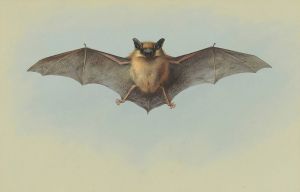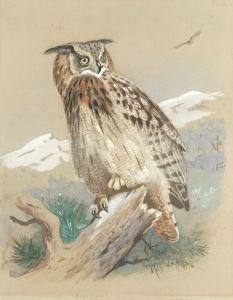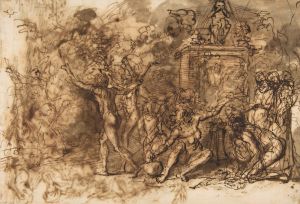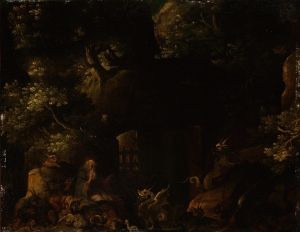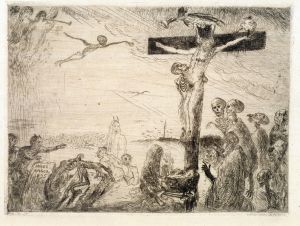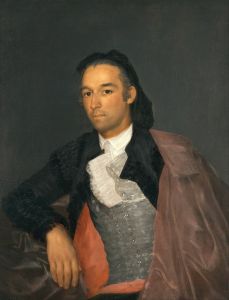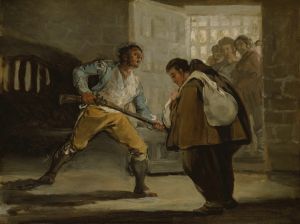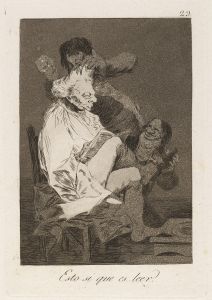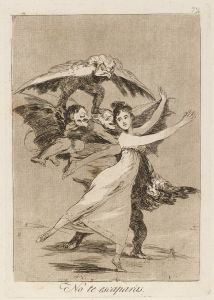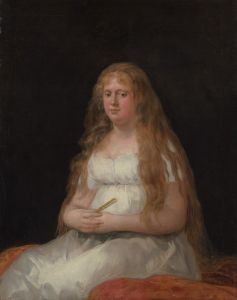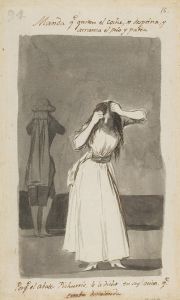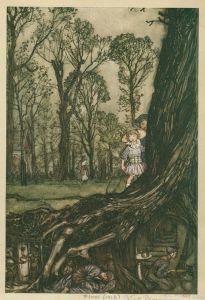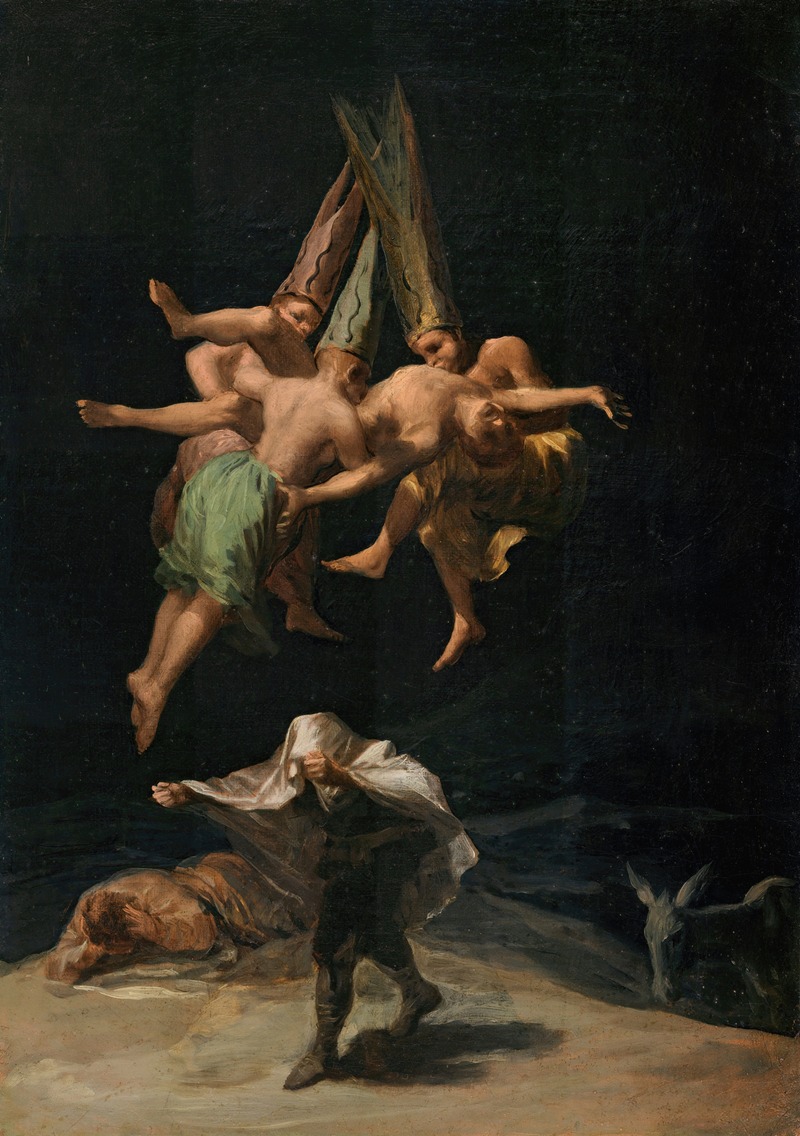
Witches’ Flight
A hand-painted replica of Francisco de Goya’s masterpiece Witches’ Flight, meticulously crafted by professional artists to capture the true essence of the original. Each piece is created with museum-quality canvas and rare mineral pigments, carefully painted by experienced artists with delicate brushstrokes and rich, layered colors to perfectly recreate the texture of the original artwork. Unlike machine-printed reproductions, this hand-painted version brings the painting to life, infused with the artist’s emotions and skill in every stroke. Whether for personal collection or home decoration, it instantly elevates the artistic atmosphere of any space.
Francisco de Goya's painting "Witches' Flight" (Spanish: "Vuelo de Brujas") is a notable work from the Spanish artist's series of paintings that explore themes of witchcraft, superstition, and the supernatural. Created in 1798, this painting is part of a collection known as the "Black Paintings," although it was originally part of a series commissioned for the Duke and Duchess of Osuna's country house, La Alameda. The painting is currently housed in the Museo del Prado in Madrid, Spain.
"Witches' Flight" depicts a nightmarish scene that captures the viewer's attention with its dramatic and unsettling imagery. The composition features three nude witches flying through the air, supported by a figure clad in a white robe. The witches are shown in a dynamic, swirling motion, suggesting a sense of chaos and supernatural power. Below them, a terrified man is depicted on the ground, blindfolded and seated, with his hands tied behind his back. Two other figures, possibly monks or peasants, cower in fear, shielding their eyes from the spectacle above.
Goya's use of chiaroscuro, the contrast between light and dark, enhances the eerie and ominous atmosphere of the painting. The dark, muted colors contribute to the sense of foreboding, while the stark white of the central figure's robe draws the viewer's eye to the focal point of the composition. The expressions of the figures, particularly the fear and confusion of the man on the ground, add to the painting's emotional intensity.
"Witches' Flight" is often interpreted as a critique of the superstitions and irrational beliefs that were prevalent in 18th-century Spain. During this time, the Spanish Inquisition was still active, and fear of witchcraft and the supernatural was widespread. Goya, known for his critical and satirical approach to such subjects, may have intended the painting to reflect the absurdity and danger of these beliefs. The painting can also be seen as a commentary on the power dynamics between the oppressors and the oppressed, with the witches representing a force that defies conventional authority.
The painting is part of Goya's broader exploration of the darker aspects of human nature and society. His works from this period often delve into themes of madness, fear, and the grotesque, reflecting both personal and societal anxieties. "Witches' Flight" exemplifies Goya's ability to convey complex ideas through striking and memorable imagery.
Overall, "Witches' Flight" remains a significant work in Goya's oeuvre, showcasing his mastery of technique and his willingness to confront challenging and controversial subjects. The painting continues to be studied and appreciated for its artistic and historical significance, offering insight into the cultural and social context of late 18th-century Spain.






